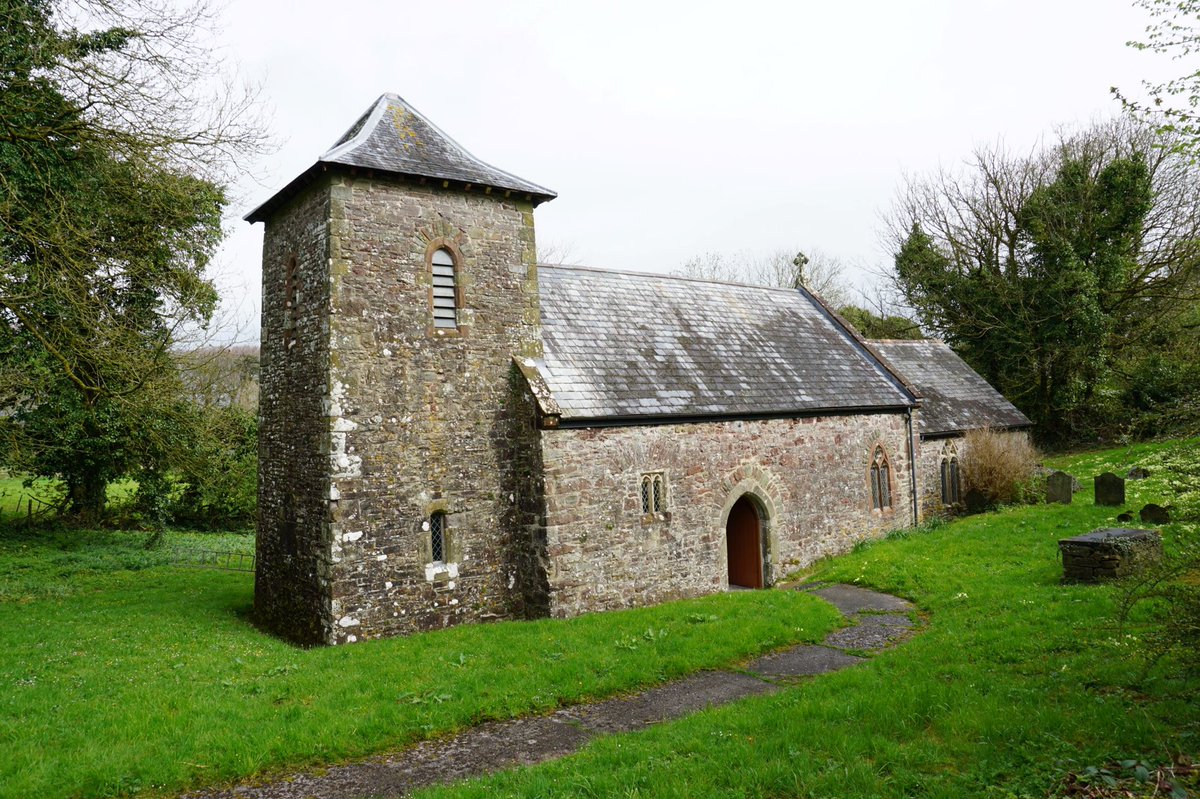
Across mid-Wales you’ll find cheerful cherubs, buxom and bucolic, “with cheeks like apples from a Herefordshire orchard”. Their golden curls light up dark church corners.
They’re the work of the Brutes – a family of masons working in central Wales in the 18th century.
#thread
They’re the work of the Brutes – a family of masons working in central Wales in the 18th century.
#thread

Working from their home in Llanbedr, Brecknock, the Brutes dominated the late-Georgian funerary monument market in central Wales, creating some of the finest – and most fun - monuments of the time.
2/7
2/7

Their style is distinctive. It’s characterised by cheerful cherubs and a “vigorous, if primitive, interpretation of Baroque ornamentation, with flowers, especially tulips and daisies, garlands, and sprays of foliage”.
3/7
3/7

We know three generations of Brute masons signed their work: Thomas (1698-1767), his youngest son Aaron (1731-1801) and Aaron’s eldest son John (1752-1834).
4/7


4/7



The Brutes took advantage of the good local sandstone and created chest tombs and headstones, ledgerstones and mural tablets. 80 Brute memorials have been identified to date, 40 for Thomas, 24 for Aaron and 16 for John. Though many more may be unsigned, unrecorded or lost.
5/7
5/7

What’s especially interesting are the Brute’s clients: their monuments commemorated surgeons, midwives, shoemakers, dyers, cord-winders – not the aristocrats of the area.
6/7
6/7

We have at least three Brute monuments at our church in Llancillo, Herefordshire signed by Aaron and his father, Thomas, one is anonymous Brute. There are some really great examples at St Issui, Patricio and St Martins, Cwmyoy too.
7/7
7/7

• • •
Missing some Tweet in this thread? You can try to
force a refresh





















